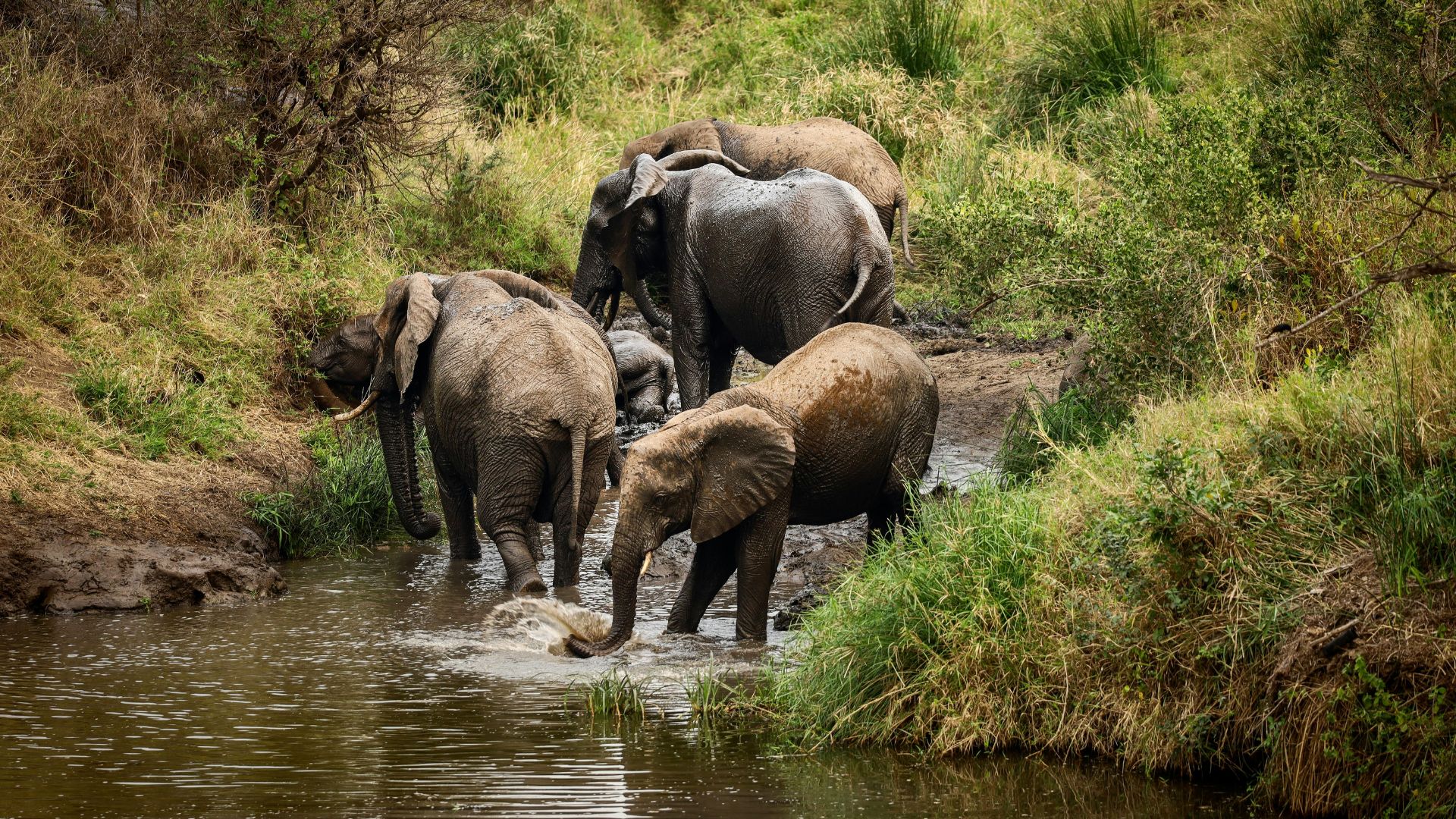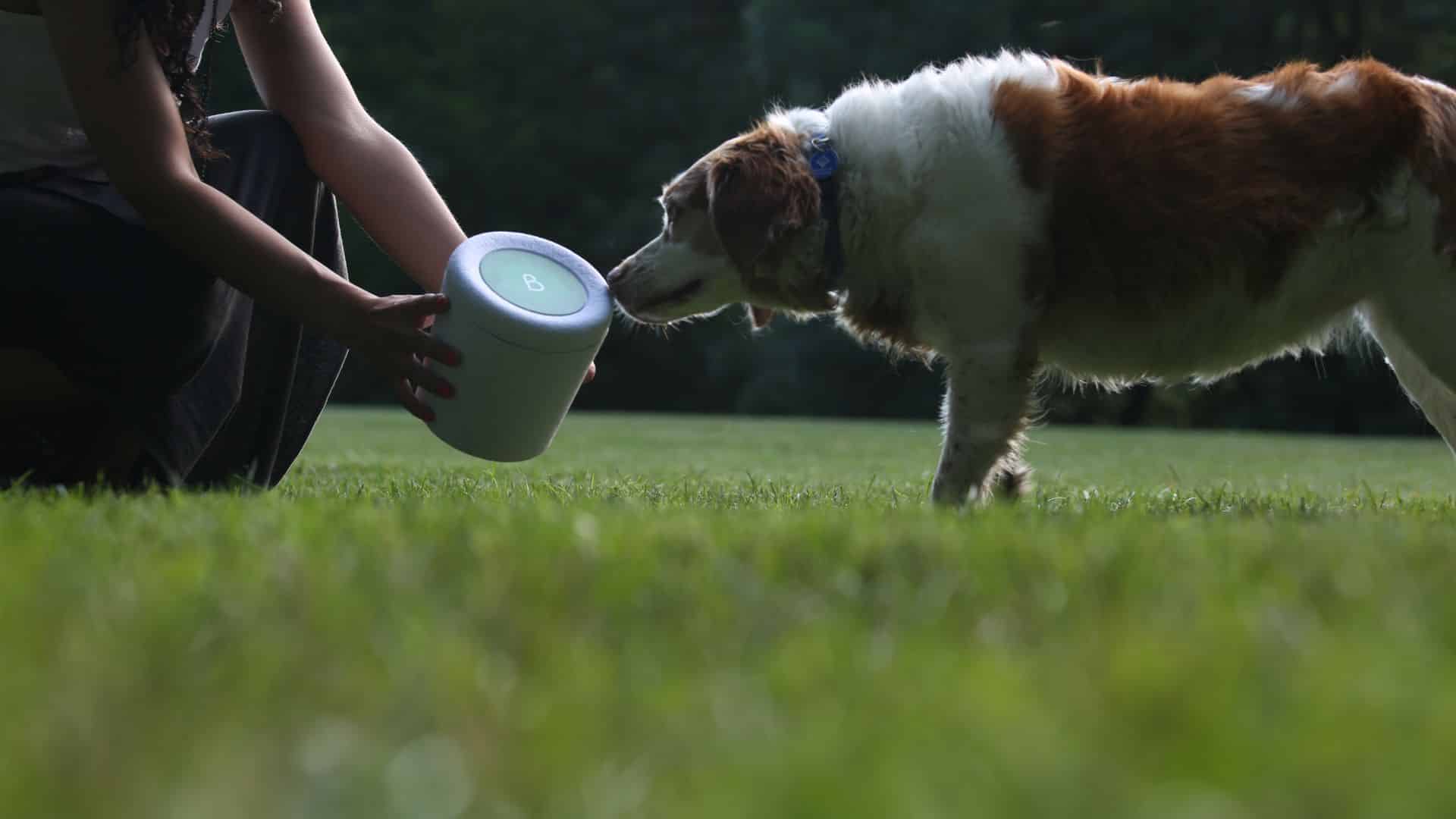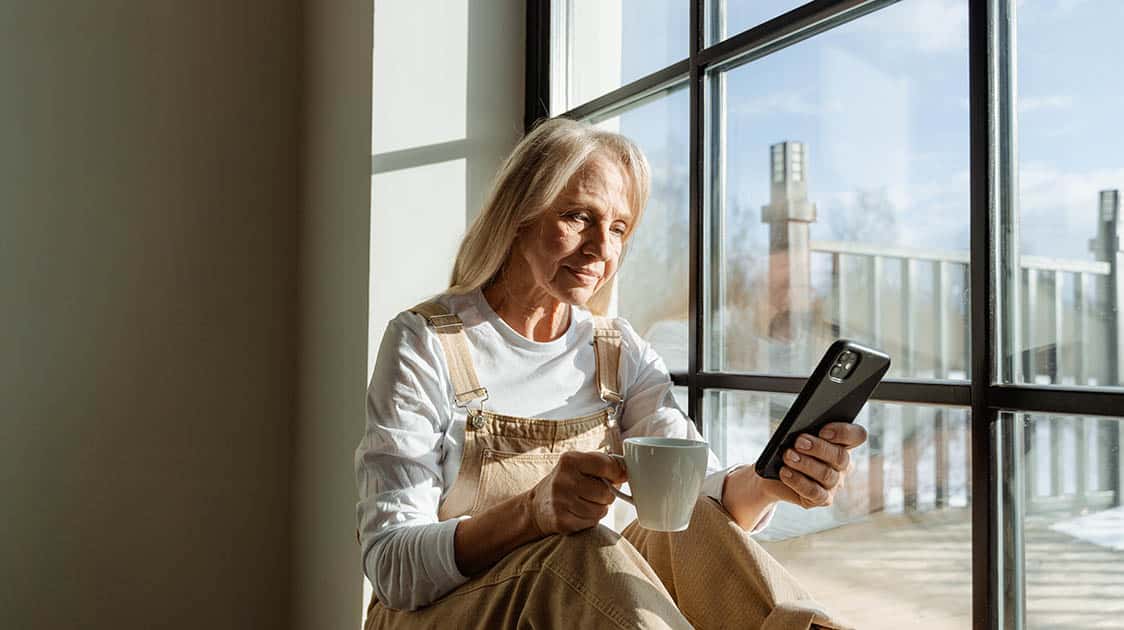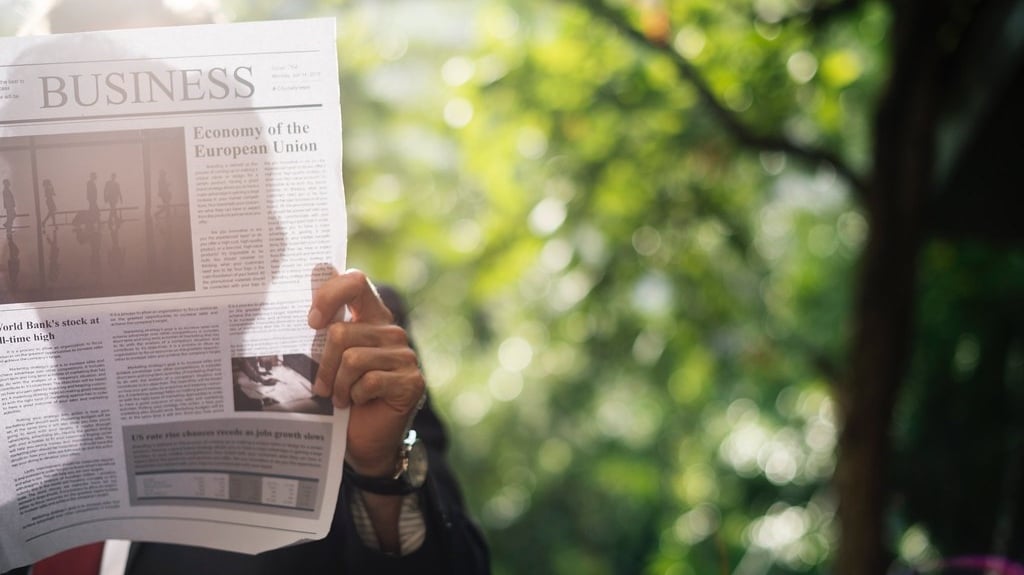
Throughout history, we’ve seen different spaces and buildings designed to allocate the remains of people who passed away. From Egyptians, who designed pyramids to remember and honor the pharaohs and their queens, to the ancient city of Çatalhöyük (Turkey) where people used to bury their beloved under their houses (Check our post about ways of burying in the past).
In the Western world, cemeteries appeared to replace the old graveyards solving some of the problems that came with the industrial revolution and the rapid growth of population. In the early stages of the 19th-century new places of burial were established away from heavily populated areas owned by municipalities and independent from the churches and their churchyards.
So the goal of keeping the population safe from epidemics and other health issues was achieved. But since then a lot has happened, and seems that now new problems are on the rise.
“Too poor to live, to poor to die”
“Too poor to live, to poor to die” is how one newspaper in the northeastern city Harbin headlined a report complaining that cemetery plots were now costing more per square meter than luxury apartments.
As The Telegraph reports, for Chinese people this is the way to show respect for their parents, so they are open to pay what’s necessary to have a space for they loved ones. Of course, that huge cost cause resentment among the Chinese making the funeral industry enter into the top ten of “colossal profit business” since 2003.
In September of 2013 BBC posted an article with the alarming headline: ‘Burial space in England could run out in 20 years’ and some projects and public debate appeared in certain groups of our society.
But the only real data that lets us think there’s a market trend to face the upcoming crisis with cemeteries is the increase of methods accelerating the decomposition of human remains. As Time Magazine states, ours is a mobile society that finds methods like cremation or green cremation an eco-friendly, economic and sustainable solution.
So maybe we should think about creating “new cemeteries” in a different way than what we have been doing until now. Maybe we should understand and explore the possibilities to merge technologic improvements like green cremation with new spaces focused on the creation of life, rather than the ‘storage of death’.
What do you think of curent cemeteries? We would love to hear from you in the Comments section below!
To keep up to date with all the latest Bios Urn® news and stories, you can follow us on Facebook, Instagram, Twitter, Pinterest and YouTube!
Join our mailing list to keep you updated of all Bios® news and get a 10% Discount!








Currently Stage IV breast cancer an now now o Hospice. I wil be having the Memorial Service at Torrey Pines Christian church with ample time – it would be like on a Saturday, for emampla, at 10-12 total time including an hour or organic catering in provided patio afterwards.
I’m look at some asshes in urn for alter, some for an tree seed/to be planted, some to be floated next day in smaller, private ceremony. Etc.
Question to you is that the see/ashes will go with my mom back to Tenn i family plot. Do you recommend particular? I’m trying to finalize some specific details while I’m conscience . Thanks for your help –
Hello Regina, you can use any type of seed. The tree will grow according to the soil space.
Christian cemeteries were partially designed with the future in mind, anyway: there is a belief that the body will literally be resurrected and will last forever. Thus, cremation is not accepted by traditional Christians because it suggests a denial of the literal resurrection of the body. That being said, making burial affordable, not creating resource-intensive caskets, or using toxic preservatives like formaldehydes, these kinds of things I think could be worked towards (although I don’t know what alternatives exist necessarily) from this traditional Christian viewpoint.
You raise very good points Tammy, thank you for taking the time to write and share. Funnily enough, we just published a new blog post this week about how it is still possible to use the Bios Urn without ashes if you like this concept of a more economical and eco-friendly way to be remembered by, even when one´s faith doesn´t accept cremation. Here is the link if this of interest: https://urnabios.com/how-does-a-bios-urn-work-without-ashes/ Thank you again and we agree that as a community, we all need to find burial options that are affordable and respectful of the planet. Take care
Mi aportación propongo que las instituciones tienen que implicarse en adaptar espacios pubicos demimitados enfocados a poder plantar una Urna bio, creandoun espacio que sea un parque donde se una la naturaleza y el duelo, provocando un jardin y integrando un sentido biológico a la muerte. Gracias
Hola y mil gracias por tomar el tiempo de escribir tu opinión. ¡Estamos 100% de acuerdo! Es un proceso que necesitará tiempo pero en los años que llevamos trabajando en el sector, estamos viendo avances en muchos países del mundo, y esto nos hace feliz. El cambio vendrá gracias a las empresas en el sector que crean opciones más ecológicas, consumidores que compran y demandan soluciones más sostenibles y figuras públicas que apuestan por la apertura de espacios verdes. Poco a poco, estamos convencidos que veremos muchos cambios en el sector funerario en los próximos años y décadas. ¡Mil gracias por seguirnos y tu interés!